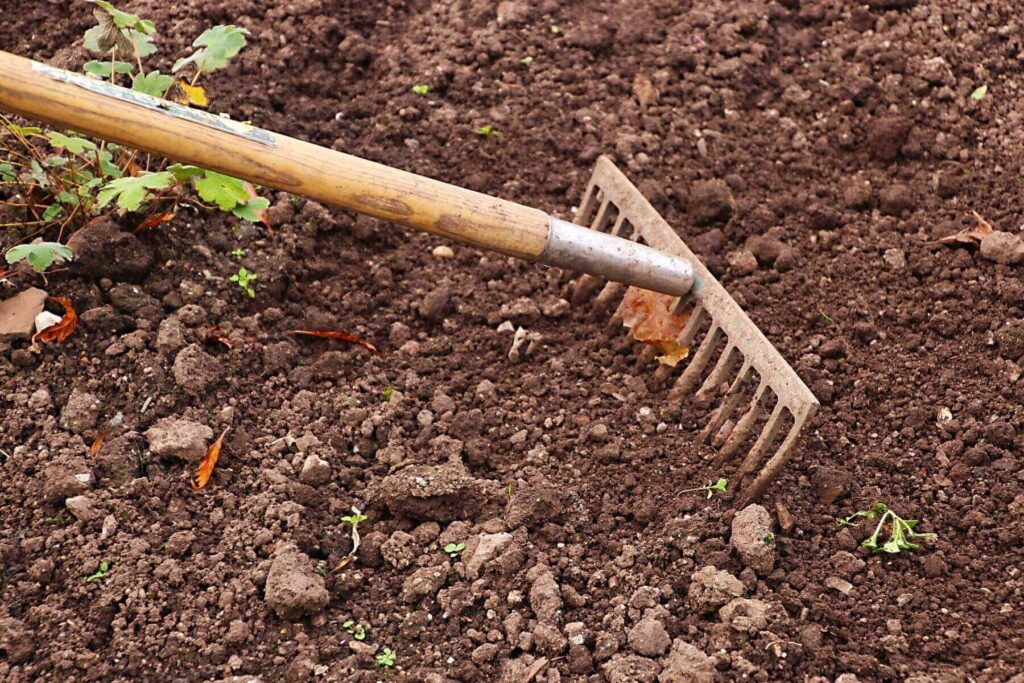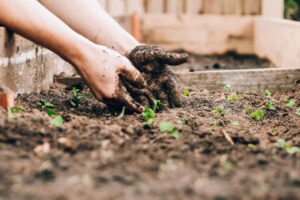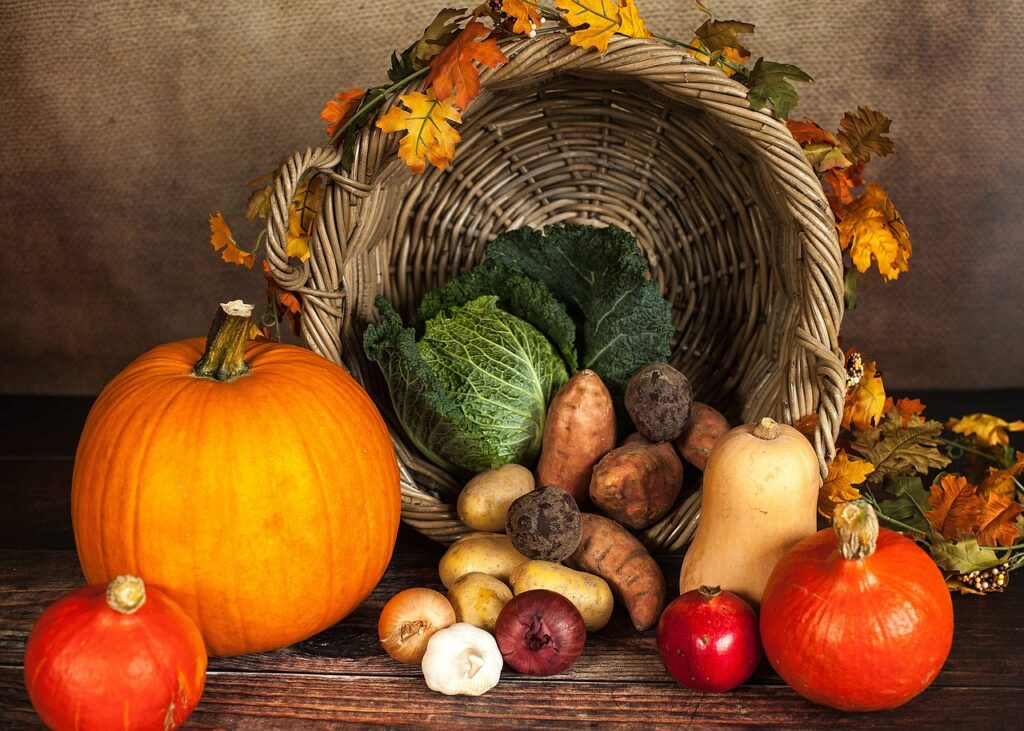
Even as we look ahead to the days getting shorter and the colder temperatures of autumn taking hold, there’s still plenty you can be growing in the garden, especially in the veg patch. There are many benefits of planting, growing and sowing vegetables now, whilst that lovely deep-down warmth is still in the soil and roots can be kept cosy. And as early autumn begins we’ll also see more frequent rain so you can water less with the chance of crops bolting due to dry or drought conditions reduced. Finally, and this may not go down well with everyone, you can even plant crops now ready for the Christmas table…
Whilst we mention Christmas slightly in jest, it does point to the fact that there are two main reasons for planting veg in the autumn. You can of course still plant crops to enjoy this year with several vegetables like sprouts, cabbages and kale cropping around 10-16 weeks from planting – assuming you’re using healthy plugs. These will also keep on cropping into the winter and they’re the perfect accompaniment for winter roasts including the big one at Christmas! But you can also use Autumn veg planting to get started for the growing season next Spring, so they can get going just as soon as the soil warms up and the days get longer.
10 vegetables to plant in autumn
Here are 10 of the most popular vegetables to plant in the autumn, either for winter cropping or overwintering.
Bulbs and roots
All these can be planted directly, except for leeks which may benefit from being brought on from seed during the late summer and planted when they resemble a pencil in shape and size – at which point you can drop them into a drill in the autumn. All of these will give you Spring/Summer crops and should only need fleece protection from the most severe weather.
Garlic
Garlic is a fantastic vegetable to plant in the autumn and Plant your garlic cloves 15 cm apart so they have plenty of space to grow.
Onions
The onion family are quite hardy and can grow in the autumn and winter. White onions take a while until they are ready to harvest, around 28 weeks, but spring onions/salad onions could be ready in just 12 weeks. Sow the seeds thinly so they have space to grow.
Asparagus
Planting asparagus in the autumn is the perfect time as the warmer soil gives the plant time a bit of a head start to establish.
Rhubarb
Rhubarb is great to plant in the mid to late autumn. Use garden compost in the soil to help give it all the nutrients it needs to thrive.
Leeks
Leeks, like spring onions, can be ready to harvest in 12 weeks.
Potatoes
Not all varieties are good for planting in the autumn, we would recommend seed potatoes such as Duke of York, Charlotte and Maris Peer.
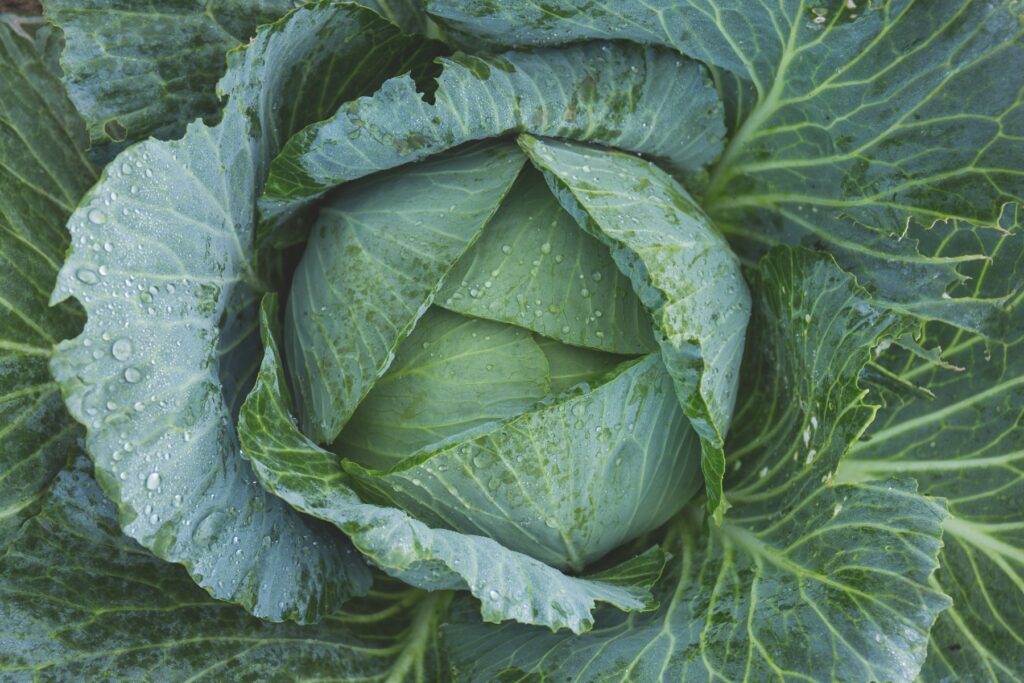
Greens and brassicas
Bring on plugs in the late summer, or buy ready-to-plant specimens from your local garden centre/nursery and plant directly. Leave plenty of space for growth and expect to begin cropping in around 10-16 weeks, subject to the warmth of the autumn.
Cabbage
Depending on the variety, you can expect your cabbages to be ready in 8-16 weeks – Chinese cabbage matures the fastest. The cabbage is ready when the head is large and firm.
Broccoli
Broccoli is a nice and easy crop to grow. Harvest should take around 12-16 weeks and even when the main head is removed, side shoots will continue to grow.
Kale
You can start harvesting after around 8 weeks when the plant is well-established.
Sprouts
Love them or hate them, sprouts are a perfect vegetable to plant in the autumn. They should be ready to harvest in around 16- 20 weeks, so depending on when planted, they could be ready just in time for Christmas. Make sure the plant is well supported, as they grow upright. They mature from the bottom up, so pick the sprouts at the base first.
Whilst those are the 10 most popular vegetables to plant in the autumn, if you’ve got a greenhouse or cold frame and fancy something different with your Christmas turkey, you may be able to continue growing a broader range of veggies and salads into the autumn and early winter. If your greenhouse is heated, you can keep things like salad leaf cropping right through until the hardest frosts in the New Year. Tomatoes will also continue cropping in a heated greenhouse and chillis can have longer to ripen and gather fiery warmth too.
Plant in autumn, enjoy in spring
Greenhouses and protected areas are also great for getting plants started and overwintering them, ready for planting out in early Spring as soon as its warm enough to do so. Good examples to try include peas and beans. If you plant as seeds in late Summer and grow to around 12”/30 cm by late September or early October and then pinch out, they’ll happily sit in the greenhouse and can go into the ground in the Spring – giving you a head start with a strong and healthy plant. Whilst not for eating, this concept even works with sweet peas which will reward you with scented blooms through the Summer – perhaps while you’re enjoying your autumn planted harvest.
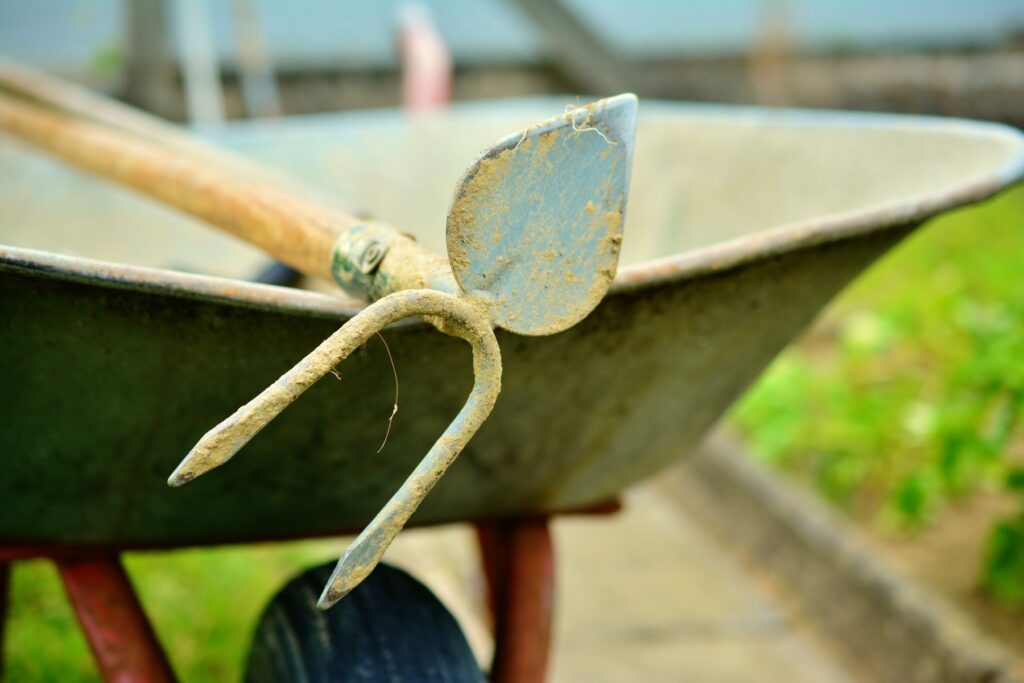
Fast-growing autumn vegetables
There are vegetables that you can plant in the autumn because this time offers some of the best conditions for them. With a 4–8-week turnaround time, they will be rewarding you before you’ve closed up the garden for the Winter. Notable examples of fast autumn cropping vegetables are radishes and spinach.
Radishes
We all know that radishes are super speedy growers at any time and whilst they don’t like the height of summer too much, autumn is perfect. Warm soil and good watering are exactly what they like and so you can enjoy little red radishes in as little as 6 weeks. The other benefit of planting these (direct sow seed) in the autumn is you’ll only have a short season which means you’ll avoid leaving them in the ground too long.
Spinach
For rapid greens, get planting some leafy spinach. Fast-growing and equally delicious as baby leaf or more established plants, you could be harvesting your first batch in less than a month. Spinach is full of goodness and whilst traditionally eaten as a vegetable on the side of a main dish, it’s just as nice in a warm salad, during an Indian summer; or in a super healthy smoothie with some ginger, avocado, cucumber, and flaxseed for a wholesome and zingy start to the day.
Are there any pitfalls to growing autumn vegetables?
If you stick to the vegetables we’ve touched on here and plant healthy bulbs or plugs, you should be fine. Their hardy nature means they will over winter with minimal need for protection. However, let’s not forget we’ll always be at the mercy of the great British weather. If your soil struggles with drainage and winter is extremely wet, anything below the ground does run the risk of rotting. Like all plants and bulbs, it’s best to hedge your bets and plant a handful of each variety and space out your planting times, even if just by a week or so, to give you some contingency.
If the autumn is unseasonably cold, then you can always cover young seedlings to help keep the frost off, or bring them inside if they are in planting trays.
The slightly damper conditions of the autumn do tend to attract more slugs and snails and you’ll also find mice coming off the fields and hedgehogs ‘beefing up’ before hibernating. So, you may need to consider a little protection around your plants to give them the best chance.
Depending on how you look at it, another snag with growing autumn vegetables is that they need little or no attention. As gardeners, we feel an innate need to tend to our gardens and so the ‘benefit’ of popping things in and forgetting about them may not feel like a benefit at all! But at least we can look out of the window during those dark days of Winter and see growth and goodness.
Earth Cycle for your autumn vegetables
Earth Cycle can help you make the most out of your vegetable patch this autumn. We have all the compost and topsoils you need for your vegetable seeds to grow a successful autumn vegetable crop. Our winter mulch is a perfect addition to your soils as it helps to give plants and roots extra frost protection.
We’ve got some more helpful advice for autumn-related gardening projects: Check out our autumn hanging baskets blog and our autumn gardening jobs blog. If you would like some more handy gardening advice, take a look at our other posts in our hints and tips section, or give the team a call and we would be happy to help!

